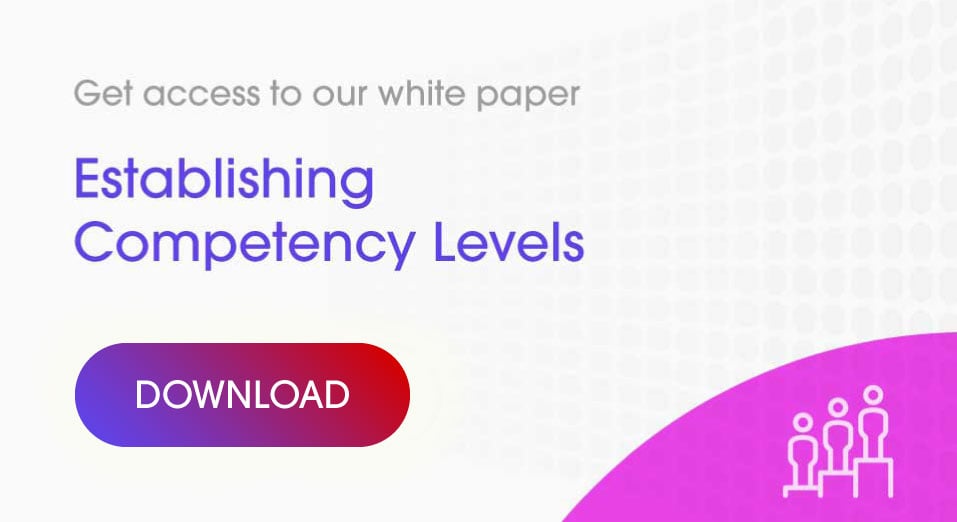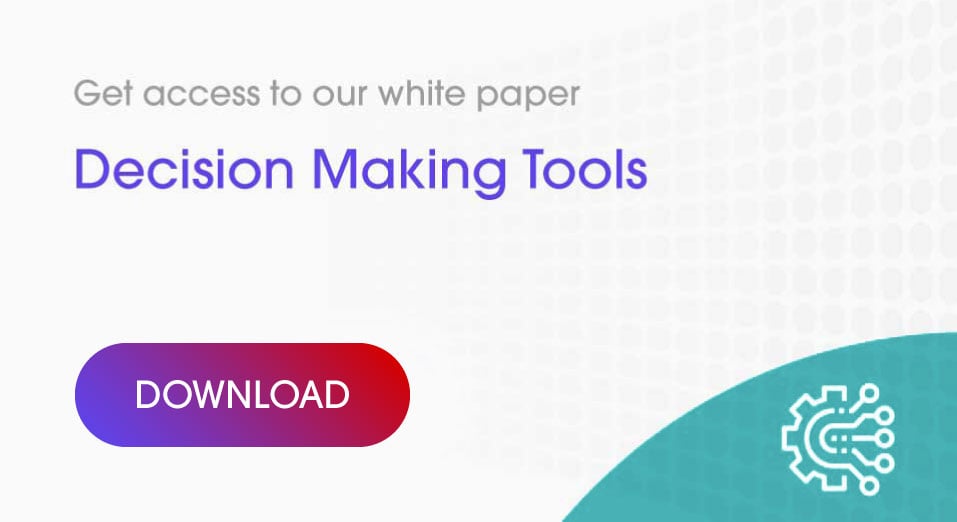Even during a pandemic, learning and capability development remains an essential service for any organisation. Like remote engagement of our customers, remote learning has become a widely implemented experience during 2020. For some organizations, this has been a very natural transition; others have struggled with moving from primarily classroom environments to a more flexible mix of channels. Just as in the past, a blended learning approach allows us to select the best channel for priority content according to user preference and content adaptability.
We all know that endless slides, accompanied by an unenthusiastic voice-over, will not be enough to engage learners in any channel. With the availability of rich media channels and the simplicity of integrating some interactivity into content, learners expect learning to be an enjoyable experience, accessed from their mobile devices and desktop, in the comfort of their home, bus, train or park bench. Many commercial team members are feeling isolated from their customers and their colleagues, and are looking for peer-to-peer learning, interactions, and even competitions to boost motivation and engagement.
So how do we make virtual learning a fun experience, as well as productive?
- Make the learner experience a critical component of learning design. Learning sessions must be short, engaging, and effective.
- Keep content flexible – allow the user to navigate to content of the highest interest;
- Run training campaigns – learning themes each month can inspire self-directed learning and add a bit of collective movement;
- Use technology that remembers! There really is no need to frustrate users seeking the point where they were up to when they last logged on; make this a baseline criteria;
- Blended live and on-demand experiences – using online asynchronous content that includes slides/video/documents/games, coupled with synchronous live video broadcasts, and group video sessions, will add interest, depth and breadth to the learning experiences;
- Digital BEFORE [physical or virtual] group sessions, creates a common baseline making the group experience more productive. Plus, if there is a virtual group session [s] before a face to face gathering, then the participants have already broken down initial social barriers with each other;
- Try webinars with content experts/practitioners; and
- Be social – integrate social learning including peer interactions and competition.
Can we use our existing content?
You probably have a lot of learning content but worry that it is not well suited to virtual training. You are likely correct. Challenge your content: how will it play to a virtual audience? Is it easily adapted to self-directed and remote learning? What can learners complete prior to any live sessions to optimize facilitated time on practice and social learning? What will make the learner want to participate?
If you have a lot of content to adapt, then setting up a formal triage team might be a good investment of time and energy, versus approaching it program by program. Mckinsey [March 2020] recommends putting together a cross-functional response team composed of members from all relevant stakeholder groups.
Once you have determined what you are going to convert to a virtual format, consider which of the formats below are the best fit based on creating the fun and engaging learner experience, achieving the learning objectives, and of course time and budget constraints. This is a time for flexibility and agility – combine various formats to give a rich multi-modal experience to your learners. For example, instead of spending time and resources developing a lot of online content that will have to be maintained in the longer term, developing a structure, and inserting learning experiences into it, using a combination of some content slides, in-house specialists, and then leveraging online tools in live sessions to engage the participants.
Content requirements are different for each type of virtual training. Be sure you know the final platform before investing in adaptations.
- Web-based eLearning modules;
- Video-based learning;
- Fully mobile learning;
- Virtual classrooms, designed for facilitator-led and peer to peer learning
- Webinars that can also be recorded for on-demand;
- Simulation-based application of learning for individuals and teams,
- Combinations of the above.
More on live virtual classroom training
With the recent push toward live virtual training sessions, we share here a few do’s and don’ts
|
DO |
DON’T |
|
Ensure trainers comfortable with the technology being used in virtual sessions. Test the platforms from both the trainer and learner perspectives for any requirements which must be communicated in advance. |
Expect to conduct a live session without testing your content within the selected platform in both low and high-efficiency internet possibilities. |
|
Make participating easy – resend the notification and link to the session as a reminder the day before along with a technical support provision in case of issues. |
Let the technology take over! Any selected technology should support the learning experience but be mainly in the background. |
|
Send materials in advance when possible in case someone has an issue with screen sharing or connectivity. |
Use heavy content if you are not sure your participants will be able to see it. Pausing a learning session to find alternate methods of sharing is a waste of time and an experience-killer. |
|
Have support for any live sessions to remedy any technology challenges. |
Repeat mistakes. Participants can forgive you once, but if each time they turn up you are not ready or the technology does not work, you will find they simply tune out or don’t show. |
|
Use video and other the online tools your technology has to offer to increase interactivity |
Don’t overuse online tools or it can go from engaging to distracting. |
|
In-house specialists and peer- to -peer training is a nice break from death by powerpoint.
|
Make content long and boring. Virtual programs should be delivered in bite-size chunks only. |
Ask us about our best practices for remote engagement.
Article Contributor: Melanie Brown, Managing Partner
If you are interested in our immersive learning solutions on remote engagement, contact Actando.
The Actando Consulting Team













